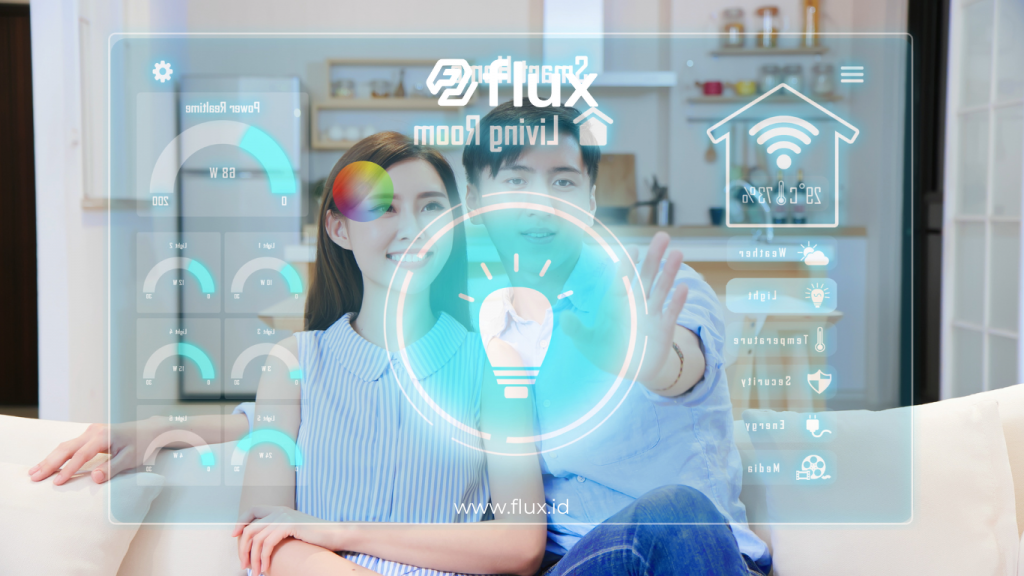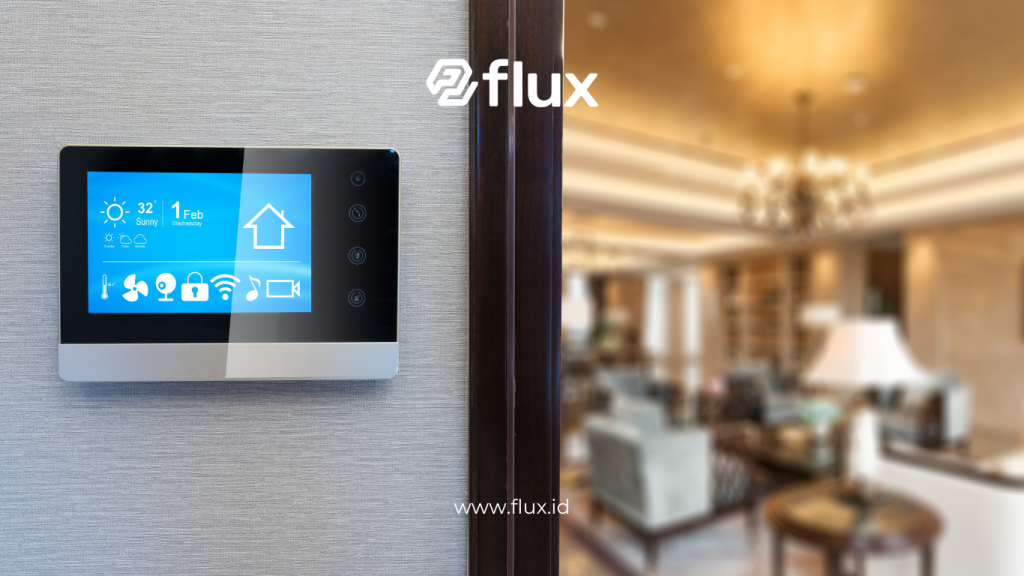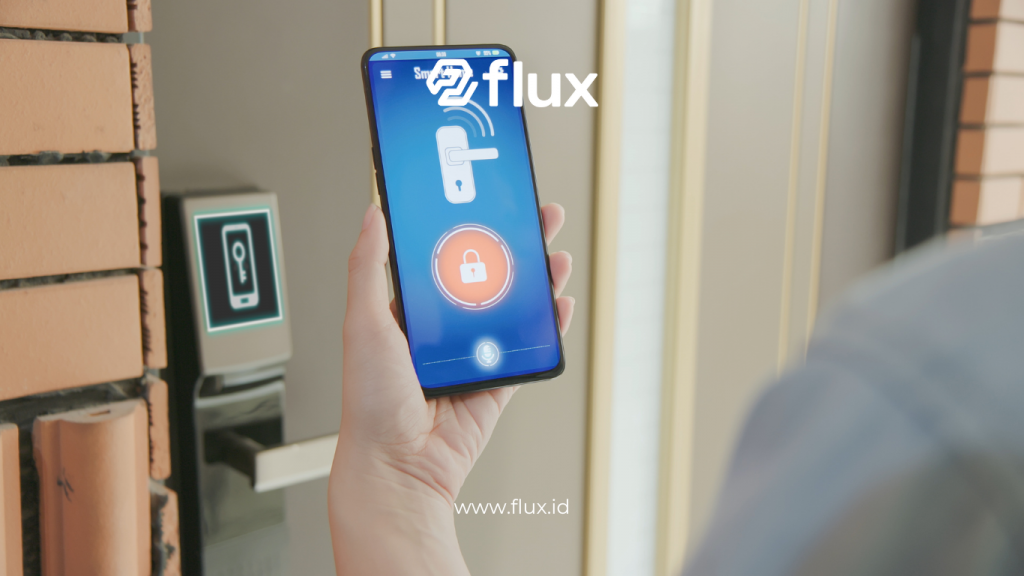Don't miss our holiday offer - 20% OFF!
The Internet of Things (IoT) has transformed how we live each day. The concept of a smart home, once seen only in science fiction, is now a reality. Thanks to this technology, we can connect various electronic devices to create homes that are more efficient, secure, and comfortable.
Contents
What is Smart Home IoT Technology?

Read More: Artificial Intelligence and IoT: Transforming an Ordinary House into a Smart Home
IoT in a smart home is a network of connected devices and systems, allowing users to control various elements of the home easily. Through smartphone apps or voice assistants, users can manage temperature, lighting, security, and even kitchen appliances from anywhere.
Key Components of IoT in Smart Homes
- Sensors: Sensors collect data from the environment, such as temperature, humidity, or movement.
- Actuators: These devices perform actions as instructed, like turning on lights or unlocking doors.
- Communication Platform: This platform connects devices via the internet, enabling them to interact with each other.
Benefits of IoT in Smart Homes

Read More: Smart Home Revolution: Implementing IoT for Comfort and Security
1. Energy Efficiency
With smart devices, we can reduce energy usage. Devices automatically turn off when not in use, temperatures can be adjusted, and lighting can be optimized. For instance, a smart thermostat adjusts based on user habits, conserving energy.
2. Security and Surveillance
Besides efficiency, IoT also boosts home security. Smart homes can be equipped with internet-connected cameras and sensors. Residents can monitor home security anytime, anywhere. With alarm features, motion detection, and instant notifications, security levels are significantly enhanced.
3. User Convenience
IoT technology offers ease in managing various devices within one platform. Residents can turn on lights, control entertainment devices, or even order groceries through a single app or voice commands. This makes a smart home highly convenient for daily life.
4. Customization Based on User Preferences
IoT-enabled smart homes can be customized to fit residents’ habits and preferences. For example, bedroom lights can automatically adjust brightness based on sleep or wake-up times.
Applications of IoT Technology in Smart Homes

Read More: IoT and Smart Homes: Bringing Innovation to Every Corner of Your Home
1. Smart Lighting
Smart lighting can be controlled remotely or through motion sensors, reducing electricity consumption. Lights can be set to create specific atmospheres, such as relaxed or productive modes, depending on the need.
2. Home Security
Smart home security includes door and window sensors, surveillance cameras, and smart doorbells. Some systems are connected to apps that send direct notifications to the homeowner when suspicious activity is detected. This provides a greater sense of safety.
3. Thermostats and Temperature Control
Smart thermostats can adjust the temperature efficiently based on residents’ schedules. These devices can even learn user habits, adjusting automatically and saving energy.
4. Household Appliance Management
Smart kitchen appliances, such as ovens, refrigerators, and washing machines connected to IoT, allow owners to monitor, control, and automate various functions. For instance, a smart oven can be programmed for temperature and time directly from a phone.
5. Voice Assistants
Voice assistants like Amazon Alexa or Google Assistant are invaluable in smart homes. With voice commands, residents can control devices, play music, read the news, or add items to a shopping list.
IoT Technology and Challenges in Smart Homes

Read More: Smart Home 101: Implementing IoT to Enhance Quality of Life
1. Data Security
Data security is a primary concern in IoT technology. Each device connected to the internet is vulnerable to attacks. Therefore, it’s essential to use strong security systems and regularly update software.
2. Device Compatibility
Not all smart devices can connect with each other. This can reduce the efficiency of a fully integrated smart home. Using devices from the same ecosystem or brand can help minimize compatibility issues.
3. Implementation Costs
Smart home technology requires a relatively high initial investment. Although smart devices can save energy in the long term, the installation cost often poses a challenge for many people.
4. Dependence on Internet Connectivity
IoT-based smart homes rely heavily on internet connections. When internet connectivity is down, some functions may not operate. This is a challenge, especially in areas with unstable networks.
Future Trends of IoT in Smart Homes

Read More: IoT Application in Smart Homes: Optimizing Comfort and Security
With rapid technological advancement, smart homes are expected to become even smarter and more responsive. Some anticipated future trends include deeper integration of artificial intelligence (AI) and improved device interoperability.
- Better Interoperability: This will allow more devices from various brands to work within the same smart home network.
- Smarter AI: AI will make smart home systems more responsive, learning user habits more accurately.
- Edge Computing-Based IoT: IoT leveraging edge computing will allow devices to process data locally, making systems faster and more secure.
Conclusion
Smart home IoT technology offers intelligent solutions that enhance efficiency, security, and everyday convenience. With features enabling remote control, smart homes are an ideal choice for those seeking a more practical lifestyle. Although challenges remain, such as data security and dependence on the internet, technological advancements continue to address these shortcomings.
Smart homes are no longer just a trend but a forward-looking solution offering a higher quality and more efficient life.





